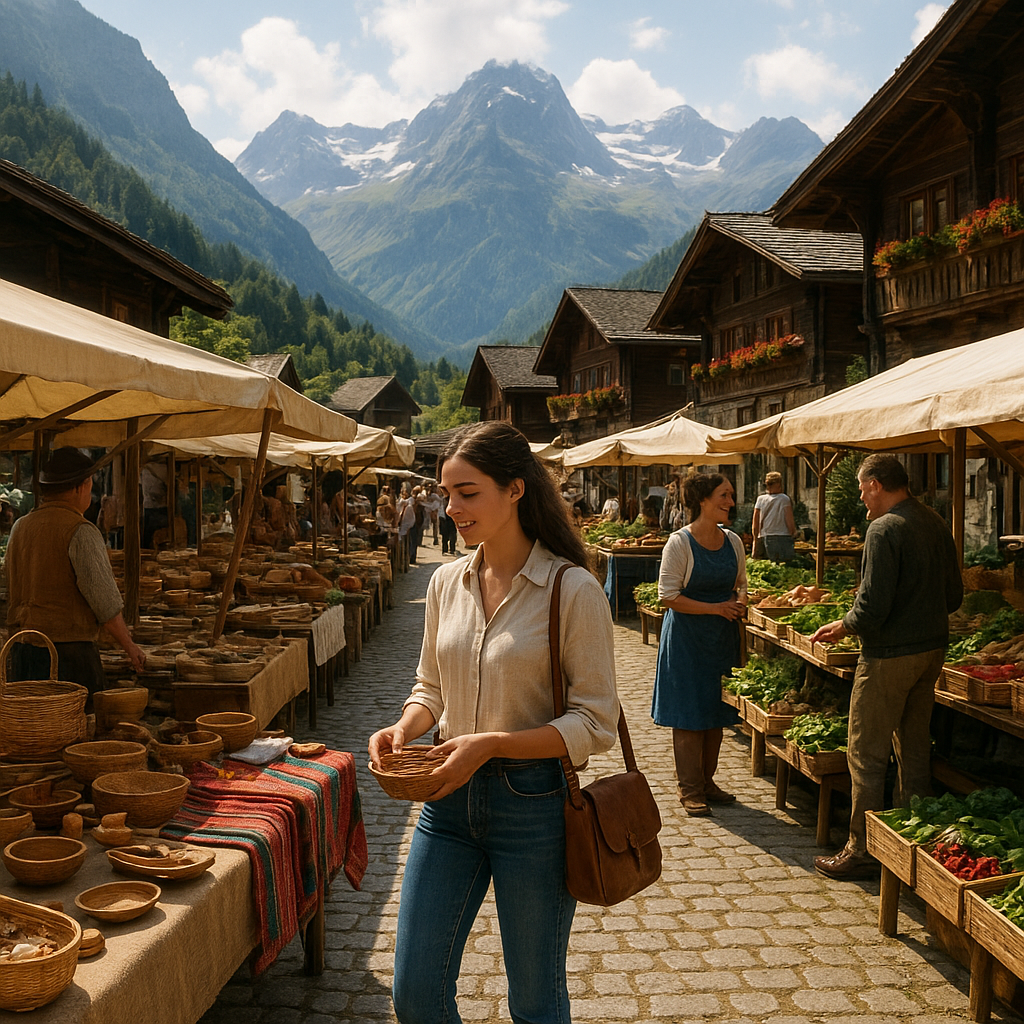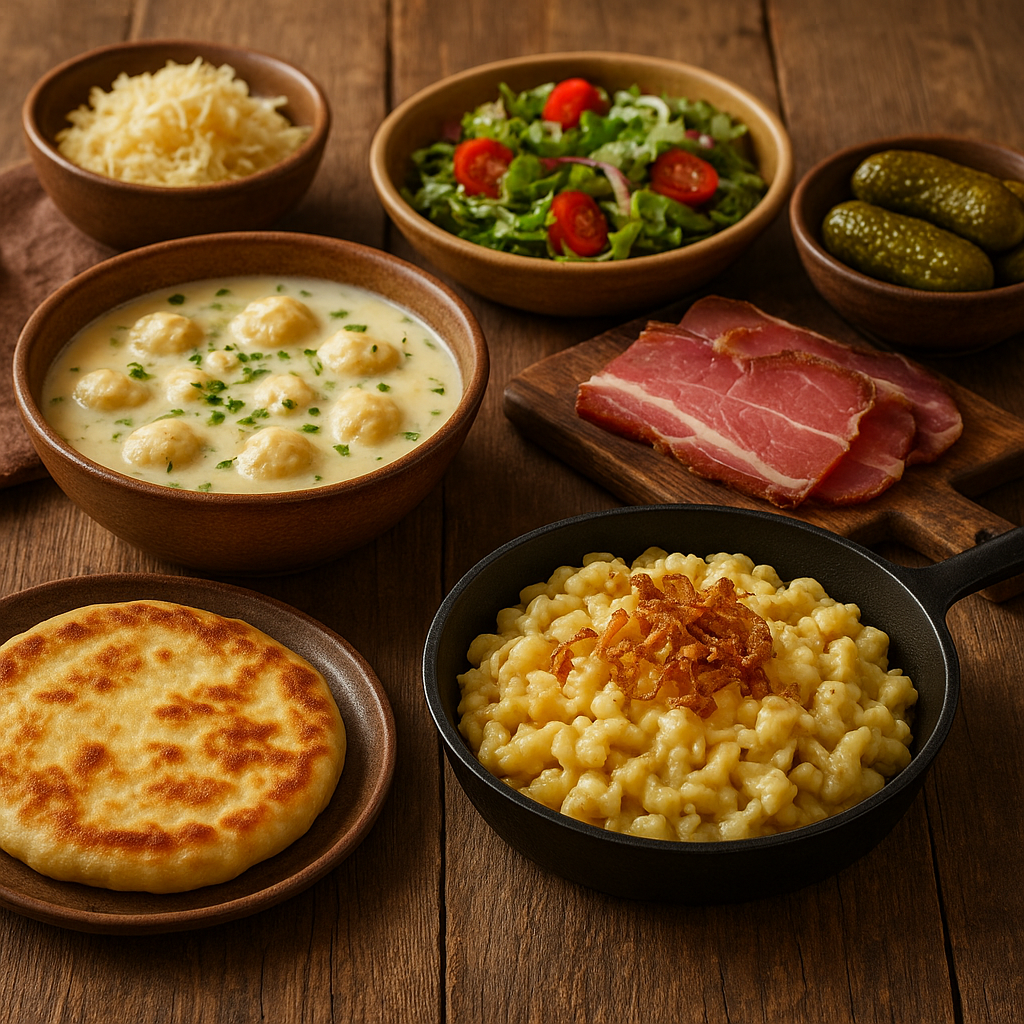
At the crossroads of Europe’s towering mountain ranges, the Alps showcase a remarkable interplay of natural beauty and human ingenuity. From snow-capped summits to verdant valleys, this region has nurtured a rich tapestry of cultural expressions that continue to thrive in the modern age. Embedded in its rugged terrain are centuries-old traditions, diverse languages and cuisines, and an unwavering commitment to preserving a unique heritage while embracing innovation.
Geographical Majesty and Historical Foundations
The Alpine chain stretches across eight countries, shaping a dramatic landscape that has both challenged and captivated inhabitants for millennia. Its peaks and passes have served as both barriers and bridges, fostering trade, migration, and cultural exchange.
Formation and Early Inhabitants
The Alps emerged from tectonic collisions tens of millions of years ago, giving rise to soaring ridges and deep valleys. Early settlements date back to the Copper and Bronze Ages, with archaeological evidence revealing pastoral communities that adapted to high-altitude conditions. During the Roman era, crucial routes like the Via Claudia Augusta connected northern Europe with the Mediterranean, laying the groundwork for enduring intercultural links.
Modern Borders and Alpine Nations
- France: Western reaches with Mont Blanc as its pinnacle.
- Switzerland: Central hub of multilingual diversity.
- Italy: Southern slopes renowned for dramatic cliffs and vineyards.
- Austria: Eastern expanses dotted with baroque towns.
- Germany: Northern foothills and famous resorts.
- Slovenia and Liechtenstein: Lesser-known gems with unique traditions.
- Monaco: A tiny coastal enclave influenced by Alpine culture.
Cultural Tapestry across Alpine Valleys
Within these borders, communities have preserved distinct dialects, architectural styles, and communal festivities that celebrate seasonal cycles and historic milestones.
Languages and Dialects
- German: Predominant in Austria, Germany, and parts of Switzerland.
- French: Spoken in France and western Switzerland.
- Italian: Native tongue in Italian provinces and Ticino.
- Romansh: A rare Romance language safeguarded by Swiss cantons.
- Local dialects: Walser, Bavarian, Franco-Provençal, each shaping local identity.
This linguistic mosaic underscores the Alpine commitment to pluralism, while schools and cultural institutions foster intergenerational transmission of native speech.
Festivals and Folklore
From the colorful masks of the Swiss Fasnacht to the exuberant obbligo of Austria’s Almabtrieb (cattle drive festival), Alpine communities infuse every season with celebration. Music ensembles perform traditional folk tunes on the alphorn and accordion, while yodeling echoes through narrow gorges. These festivities embody a living link to past generations, reinforcing social bonds and regional pride.
Architectural Wonders and Traditional Crafts
Alpine architecture reflects an intimate response to climatic extremes, resulting in structures that are both functional and aesthetically striking.
Chalets and Stone Fortresses
Wooden chalets, with their deep eaves and sturdy beams, harness local timber and snow-shedding designs. Higher up, medieval castles and fortified hamlets perch on rocky outcrops, once commanding vital routes and now offering panoramic vistas to visitors in search of heritage tourism.
Artisanal Excellence
- Woodcarving: Intricately carved religious figures and ornamental balconies.
- Textiles: Handwoven blankets and costumes in bold regional patterns.
- Metalwork: Bell casting for church towers and livestock.
- Cheesemaking: Age-old techniques producing Emmental, Gruyère, Fontina, and more.
- Papermaking and bookbinding: Medieval legacies preserved in monastic centers.
These practices not only sustain rural economies but also reinforce a broader ethos of craftsmanship and resourcefulness.
Culinary Delights and Festive Celebrations
The Alpine diet mirrors the terrain—hearty ingredients designed to fuel long winters and high-altitude labor. Shared meals remain central to communal life, uniting families and neighbors around the hearth.
Iconic Dishes and Ingredients
- Fondue and Raclette: Melted cheeses savored with crusty bread.
- Polenta and Spätzle: Cornmeal and egg noodles accompanying meats.
- Speck and Prosciutto: Cured hams dried in mountain air.
- Wild mushrooms and berries: Foraged in summer forests.
- Herbal Infusions: Alpine teas and schnapps distilled from local botanicals.
Seasonal markets feature fresh produce, honey, and smoked fish, creating vibrant nodes of exchange that continue traditions of bartering and social gathering.
Seasonal and Religious Feasts
Major holidays such as Christmas and Easter are infused with Alpine flair—colorful processions, illuminated lanterns, and the ringing of church bells across snow-blanketed villages. Saint’s day parades and log-rolling competitions recall ancient rites of fertility and spring renewal.
Challenges and Sustainable Futures
While the Alpine region thrives on its storied past, it confronts modern pressures that demand innovative solutions to maintain balance between progress and preservation.
Climate Change and Environmental Stewardship
Glacial retreat, biodiversity loss, and unpredictable weather patterns threaten traditional livelihoods. Alpine governments and NGOs collaborate on:
- Reforestation programs to stabilize slopes.
- Renewable energy initiatives harnessing hydro and solar power.
- Wildlife corridors ensuring safe passage for endemic species.
These efforts highlight a growing commitment to sustainability and ecological responsibility.
Sustainable Tourism and Community Empowerment
Mass tourism brings economic benefits but also risks commodifying local culture. Forward-looking policies emphasize:
- Small-scale eco-lodges and agritourism in family-run farms.
- Guided cultural trails that prioritize indigenous knowledge.
- Education programs encouraging visitors to engage respectfully with customs.
By championing community-led initiatives, the Alps can retain their distinctive character while welcoming the world.
Interwoven Traditions and Shared Futures
The Alpine region stands at a pivotal juncture, where centuries of traditions converge with contemporary aspirations. Across rhythmic cattle bells, soaring church spires, and vibrant folk costumes, one discovers a unifying spirit: the enduring alliance between nature and human creativity. As the Alps chart their course into the twenty-first century, they offer an inspiring blueprint for cultivating cultural diversity alongside environmental stewardship, ensuring that generations to come will inherit a mountain realm as dynamic and welcoming as ever.

